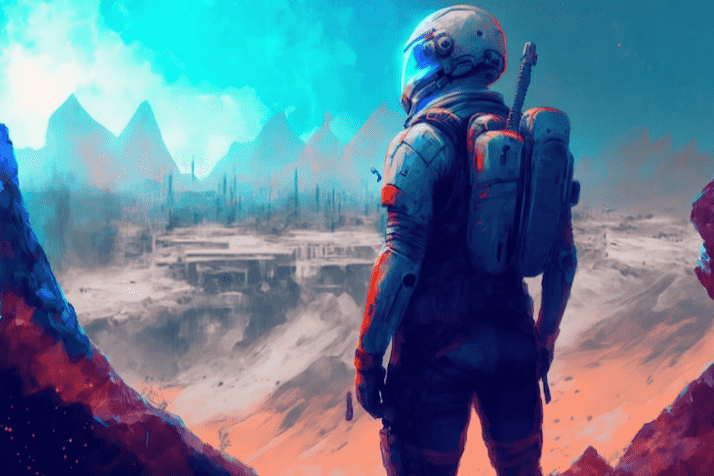
Ownership and Scarcity in Crypto Gaming Coins: A New Frontier in Digital Collectibles
The world of blockchain technology and cryptocurrencies has given birth to an exciting and innovative concept: crypto gaming coins. These digital assets are at the intersection of the gaming industry and the cryptocurrency market, offering players and investors a unique opportunity to own and trade in-game items and assets. In this article, we will delve into the fascinating concepts of ownership and scarcity in crypto gaming coins, exploring how they are reshaping the way we think about digital collectibles.
The Birth of Crypto Gaming Coins
Crypto gaming coins, or non-fungible tokens (NFTs), are unique digital assets built on blockchain technology. Unlike cryptocurrencies such as Bitcoin or Ethereum, NFTs are indivisible, non-interchangeable tokens representing ownership of a specific digital item or asset. These tokens have gained tremendous popularity in the gaming industry, allowing players to buy, sell, and trade in-game items, characters, and other digital collectibles.
True Ownership in the Digital Realm
One of the most significant aspects of crypto gaming coins is the concept of true ownership. In traditional gaming, players do not own the items they acquire in games; they merely have a license to use them. When a player owns an NFT representing an in-game asset, they have true ownership of that asset. This ownership extends beyond the game itself, giving players the ability to sell, trade, or showcase their digital collectibles in various ways.
Scarcity and Digital Collectibles
Scarcity is a fundamental concept in economics, and it plays a crucial role in the value of crypto gaming coins. NFTs are designed to be inherently scarce because each token represents a unique digital item. This scarcity is achieved through blockchain technology, as each NFT is recorded on a public ledger, making it impossible to duplicate or counterfeit. The scarcity of these tokens adds to their value, much like physical collectibles.
Provenance and Verification
Blockchain technology provides a transparent and immutable record of ownership and provenance for NFTs. This means that the history of each NFT, from its creation to its current owner, is verifiable by anyone. This transparency ensures the authenticity of digital collectibles, mitigating concerns about counterfeit items and enhancing their value.
Gaming Economies and Crypto Coins
Crypto gaming coins are not just about collecting; they also have a significant impact on in-game economies. Players can use these tokens to buy, sell, and trade in-game items, creating a vibrant and player-driven marketplace within the gaming world. This dynamic economy allows gamers to monetize their skills and investments, further blurring the lines between gaming and traditional financial markets.
The Artistic and Cultural Impact
Crypto gaming coins have transcended gaming and are now influencing the worlds of art and culture. Digital artists are using NFTs to tokenize and sell their creations, making it possible for anyone to own a piece of digital art. This trend has opened up new opportunities for artists, offering them a direct connection with their audience and a new revenue stream.
Challenges and Concerns
Despite the excitement surrounding crypto gaming coins, several challenges and concerns need to be addressed. Environmental concerns related to the energy consumption of blockchain networks, copyright issues, and the risk of speculation-driven bubbles are just a few examples. Additionally, there are questions about the long-term sustainability of the NFT market and whether it can maintain its current level of interest.
The Future of Crypto Gaming Coins
The future of crypto gaming coins is filled with potential. As blockchain technology continues to evolve and become more energy-efficient, it will likely address some of the environmental concerns associated with NFTs. Additionally, industries beyond gaming and art, such as education and virtual reality, are exploring ways to incorporate NFTs into their ecosystems.
Conclusion
Crypto gaming coins have ushered in a new era of digital ownership and scarcity, redefining the way we perceive and interact with digital collectibles. The concept of true ownership and the scarcity of NFTs have given rise to a thriving ecosystem that spans gaming, art, and culture. While challenges and concerns exist, the potential for growth and innovation in this space is undeniable. The fusion of blockchain technology and digital collectibles is creating a dynamic and transformative landscape that promises to reshape the future of the digital world. As we move forward, it will be fascinating to witness the ongoing evolution of crypto gaming coins the impact they have on various industries, and our perception of ownership in the digital realm.


